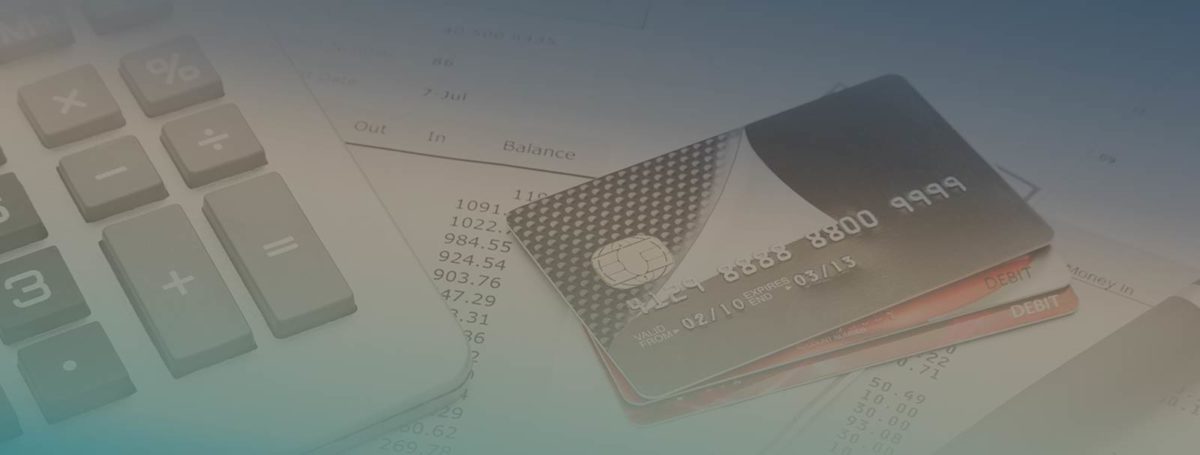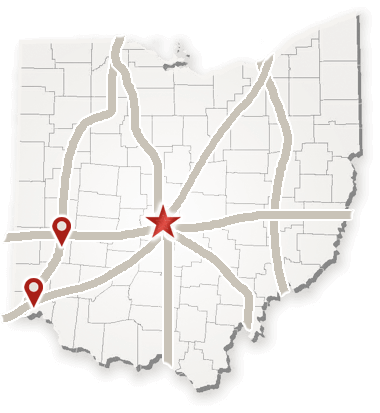Bankruptcy is designed to give debtors a fresh start. Many people are understandably worried about keeping assets when filing for bankruptcy and are afraid they’ll lose all of their possessions. But that’s not likely.
Both federal laws and state laws address keeping assets in bankruptcy. Many debtors who declare bankruptcy can keep their home, car, clothing, housewares, and other assets. If you’re considering bankruptcy, understand how your assets will be handled.
If I File Bankruptcy, Will I Lose My Home and Assets?
Filing for bankruptcy is a way to protect your home from foreclosure. Once you file for bankruptcy, your home may be automatically protected from foreclosure. In many cases, a pending foreclosure will also be stopped after declaring bankruptcy.
Once you file for bankruptcy, a provision called the automatic stay goes into place. The automatic stay is essentially a court-backed provision that protects debtors once they declare bankruptcy. The automatic stay goes into effect immediately, and it protects against a variety of measures, including:
- Foreclosures
- Vehicle repossession
- Wage garnishments
- Collections and creditor harassment
- Debt-related lawsuits
You will have to make agreed-upon repayments after filing for bankruptcy to keep assets protected. Further, luxuries like a second home or vehicle and a portion of disposable income could still be used to fulfill your bankruptcy repayments.
What Happens to Your Property After Declaring Bankruptcy
If considering bankruptcy, you’ve undoubtedly asked, what can I keep when I declare bankruptcy? After declaring bankruptcy, your property and assets will be placed under ownership of the bankruptcy court. Your possessions will become part of your “bankruptcy estate.” This includes:
- Real estate (your home, land, and other owned buildings)
- Vehicles (your car, motorcycle, or other vehicle used for daily transportation, along with any recreational vehicles)
- Household possessions (furniture, homewares, electronics, decor, etc.)
- Personal items (clothing, jewelry, sports equipment)
- Financial assets (investments, retirement accounts, tax returns)
- Business-related tools, property, and other assets
It’s important to realize that including assets in your bankruptcy estate is not the same thing as repossession or losing assets.
Ohio Has a Bankruptcy Exemption List to Protect Certain Assets. What’s Included?
Ohio has a bankruptcy exemption list to protect certain assets. Ohio bankruptcy exemptions concern property, assets, and money that cannot be repossessed or taken as a result of bankruptcy. Ohio’s bankruptcy exemptions list and laws are quite robust, meaning debtors are protected from losing many assets. Some of the exemptions are described below.
Homestead Exemption
Some or all of the equity in your house, condo, mobile home, or other type of dwelling will be protected. This means that your home, and a portion of its value, will be exempt from being seized. Bankruptcy seeks to make debtors financially sound. Therefore, losing home ownership would be counterproductive, and the law recognizes this.
Wage and Pension Exemptions
Some or all of your income and most or all of your retirement savings may be exempt from being used for bankruptcy payments. A percentage of your disposable income will be exempt from bankruptcy repayments, as money needed to live is still essential. In terms of retirement savings, the following are exempt under Ohio law:
- IRAs and Roth IRAs
- Private pension savings
- 401(k) accounts and other retirement savings accounts
This doesn’t mean that all of your income or savings will be exempt. Depending on which Chapter of bankruptcy you file for, a portion of your income or money on hand might go toward a repayment plan.
Personal Property Exemption
Declaring bankruptcy does not mean having to surrender all of your possessions and assets. Actually, state and federal bankruptcy laws protect a portion of these assets. Your vehicle, household wares and supplies, clothing, jewelry, furniture, and appliances are all at least partially protected.
The law prescribes a set value to each of these types of assets. Anything at or below those values is protected.
How Do Exemptions Apply to Chapter 7 and Chapter 13 Bankruptcy?
Most debtors will file either Chapter 7 or Chapter 13 bankruptcy. Understanding different chapters of bankruptcy is essential. Here’s a quick rundown of each:
- Chapter 7 bankruptcy involves consolidating and quickly liquidating debt. Chapter 7 typically addresses debts that are non-secured, meaning they’re not backed by assets. Such debts include medical debt, credit card bills, and personal loans. Chapter 7 bankruptcy is typically resolved within several months.
- Chapter 13 bankruptcy is a repayment plan where. Debt is consolidated, and a portion of it is repaid over three to five years.
If filing for Chapter 7 bankruptcy, certain luxury assets and nonexempt property and possessions could be taken and used to pay down debt. While bankruptcy attorneys and courts will determine which of your assets aren’t exempt, assets like second homes or second vehicles that are non-essential could be considered non-exempt.
With Chapter 13 bankruptcy, nonexempt assets can often be kept. However, the value of these assets will be taken into consideration when deciding on the amount of your repayment plan. If you keep all of your nonexempt assets, you may have to make greater monthly payments toward your debt.
Can Bankruptcy Prevent Vehicle Repossession?
Declaring bankruptcy can prevent vehicle repossession. Once bankruptcy has been declared, a provision called the automatic stay goes into effect. This provision stops vehicle repossession, even if it’s already in progress.
Declaring bankruptcy can prevent vehicle repossession, home foreclosure, and the loss of other assets.
Bankruptcy is not designed for debtors to have to forfeit their assets. Rather, it’s a tool that lets debtors regain their financial footing.
We Can Help Protect Your Assets
Facing bankruptcy can be intimidating. No one wants to lose their home, car, or other needed assets. Our team of Ohio bankruptcy attorneys knows bankruptcy law. And we know how to help you ensure that you keep your assets when facing bankruptcy.
Even with Ohio bankruptcy exemptions for assets, everyone’s bankruptcy case is unique. Knowing this, be sure that you aren’t taking chances with your possessions. By working with our professional team of bankruptcy lawyers, you can ensure that your assets are protected and that you are on the path to financial freedom.
Give us a call and book your free consultation today. 614-228-4435 (Columbus), 937-222-7472 (Dayton), or 877-654-5297 (Cincinnati)


